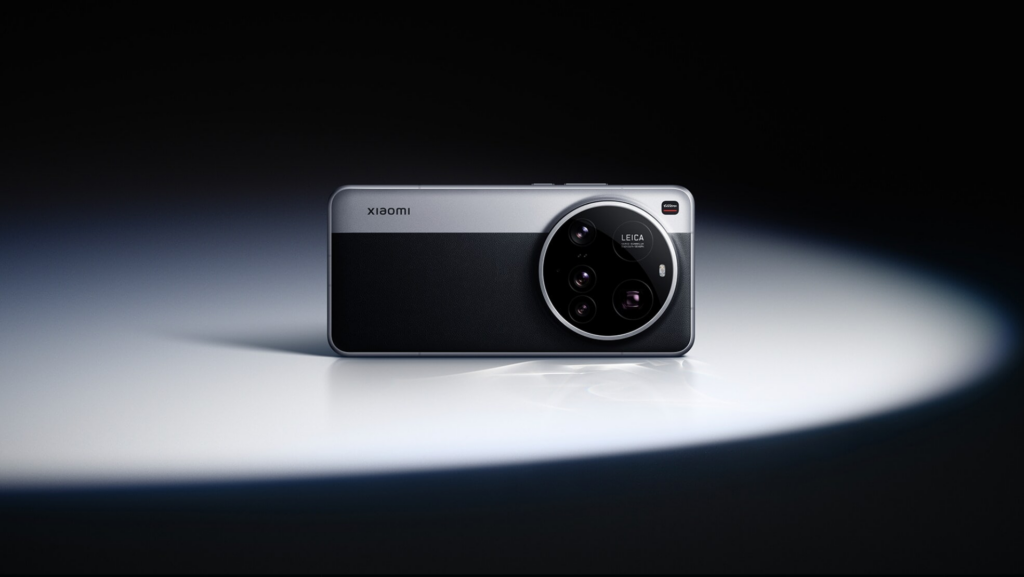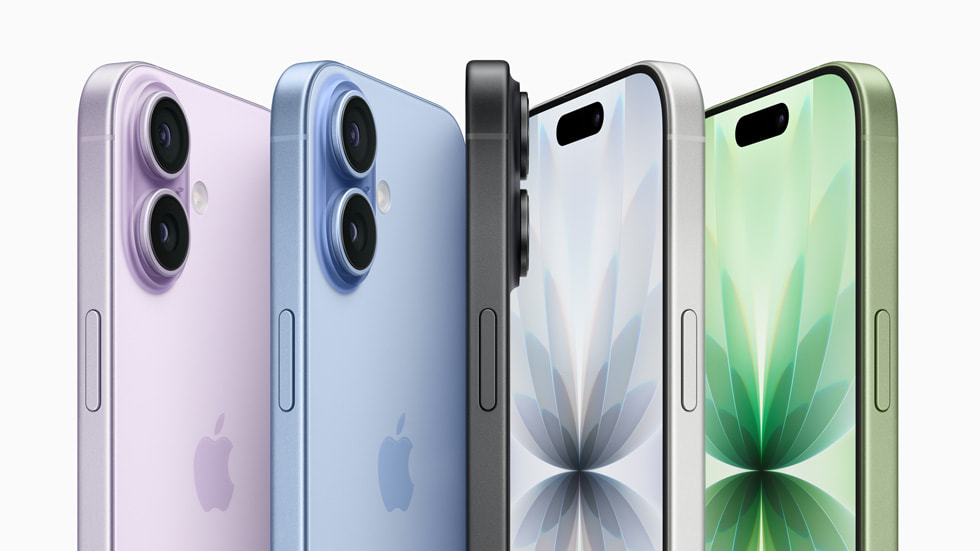
If you’re making TikToks in 2025, your phone isn’t just a phone. It’s your camera rig, editing suite, sound booth, and live broadcast studio all in one. Raw specs alone are no longer enough. You need cameras that don’t blow out highlights or lose detail in low light, software that understands creative workflows, and connectivity that stays reliable during uploads. And ideally, it all fits in your pocket.
Here’s a breakdown of the best smartphones for TikTok creators in 2025 based on what actually matters for shooting, editing, and posting content on the go.
iPhone 17 Pro / Pro Max
Apple’s new iPhone 17 Pro and Pro Max are built for serious content creators. Both models feature a triple 48MP camera system, including a next-generation telephoto lens with 8x optical zoom at 200mm. This setup works well for creative portrait videos and stylized b-roll. The 18MP front camera now uses a square sensor, which helps capture wide, cinematic-looking vlogs and selfies.
The A19 Pro chip, combined with Apple’s 16-core Neural Engine, processes 4K 120fps Dolby Vision video without breaking a sweat. High-resolution footage can be edited directly in apps like iMovie or CapCut without slowing the system down.
For vloggers, Dual Capture allows simultaneous front and rear camera recording. This is useful for reaction videos, travel updates, and storytelling content. With vapor chamber cooling and up to 2TB of storage, the iPhone 17 Pro models deliver studio-level performance in a phone.
Please Note: When you buy something using the links in our articles, we may earn a small commission at no cost to you.
Google Pixel 10 Pro / Pro XL
The new Pixel 10 Pro and Pro XL are ideal for creators who want software to handle much of the workload. The Tensor G5 chip may not be the fastest in benchmark tests, but it focuses heavily on camera performance. Features like Magic Cue, Auto Best Take, and Camera Coach help creators optimize scenes in real time.
The 48MP Pro Res Zoom camera supports up to 100x digital zoom with strong stabilization and clear detail. The front camera now shoots at 4K 60fps. Features like cinematic blur and HDR10+ add a polished look to everyday clips.
Google has also introduced Pixelsnap, a magnetic accessory system that supports 25W Qi2 wireless charging and works with grips, gimbals, and other tools. It is a creator-friendly ecosystem with support for fast shooting and seamless setup.
Please Note: When you buy something using the links in our articles, we may earn a small commission at no cost to you.
Samsung Galaxy S25 Ultra
Samsung’s Galaxy S25 Ultra is designed for creators who treat mobile video like professional work. The 200MP main sensor produces ultra-detailed footage, and the new 50MP ultra-wide camera captures cleaner visuals in low-light indoor settings.
The camera app includes tools like ProScaler for advanced image processing and Galaxy Log for direct in-camera color grading. These features make it easier to maintain a consistent visual style. Optical zoom at 5x and 10x levels adds framing flexibility for stylized shots.
The Snapdragon 8 Elite chip powers on-device AI, while a larger vapor chamber improves thermal stability. With a 5000mAh battery, the Galaxy S25 Ultra supports long recording sessions without overheating or draining too quickly.
Please Note: When you buy something using the links in our articles, we may earn a small commission at no cost to you.
Xiaomi 15 Ultra
The Xiaomi 15 Ultra caters to creators who demand full manual control and high-end video output. It uses a Leica-branded quad-camera system with a 1-inch primary sensor and a 200MP HP9 telephoto lens. The phone supports 4K 120fps recording, 10-bit Log, and ACES-certified video standards.
Xiaomi includes a dedicated Photography Kit Edition. This grip accessory features a shutter button, thumb rest, filter ring, and a built-in 2,000mAh battery. This toolset helps creators stay productive on longer shoots.
The phone runs on HyperOS, which efficiently handles large video files and complex editing tasks. It is best suited for creators who treat mobile filmmaking like a professional setup.
Vivo X200 Ultra
Vivo’s X200 Ultra emphasizes imaging above all else. The phone features two 50MP Sony LYT-818 sensors and a 200MP Zeiss APO super-telephoto lens with 200mm optical zoom. Two custom imaging chips, VS1 and V3+, handle image processing before and after capture. This setup ensures responsive performance, even with complex video modes.
It supports 4K 120fps, time-lapse video, and a professional-grade teleconverter kit. Vivo also offers a separate photographer’s kit that includes a zoom lever, shutter grip, and a 2300mAh battery. This phone is highly adaptable for professional-style content creation.
iPhone 17
Apple’s base iPhone 17 brings several pro-level features to the standard model. The 6.3-inch display now includes ProMotion and Always-On Display, while the A19 chip delivers top-tier processing. The camera system includes a 48MP main and 48MP ultra-wide lens, along with the new 18MP Center Stage front camera.
This front camera uses AI to track faces, rotate orientation, and improve framing for group selfies and vlogs. It also supports 4K HDR video and Dual Capture. For lifestyle creators and everyday vloggers, the iPhone 17 is a strong choice. It is lightweight, fast, and easy to use.
Please Note: When you buy something using the links in our articles, we may earn a small commission at no cost to you.
For more daily updates, please visit our News Section.
Stay ahead in tech! Join our Telegram community and sign up for our daily newsletter of top stories! 
The post Best Smartphones for TikTok in 2025 appeared first on Gizmochina.






 An overview of the new course from The Google School for Leaders that helps all managers build high-performing teams.
An overview of the new course from The Google School for Leaders that helps all managers build high-performing teams. 




























